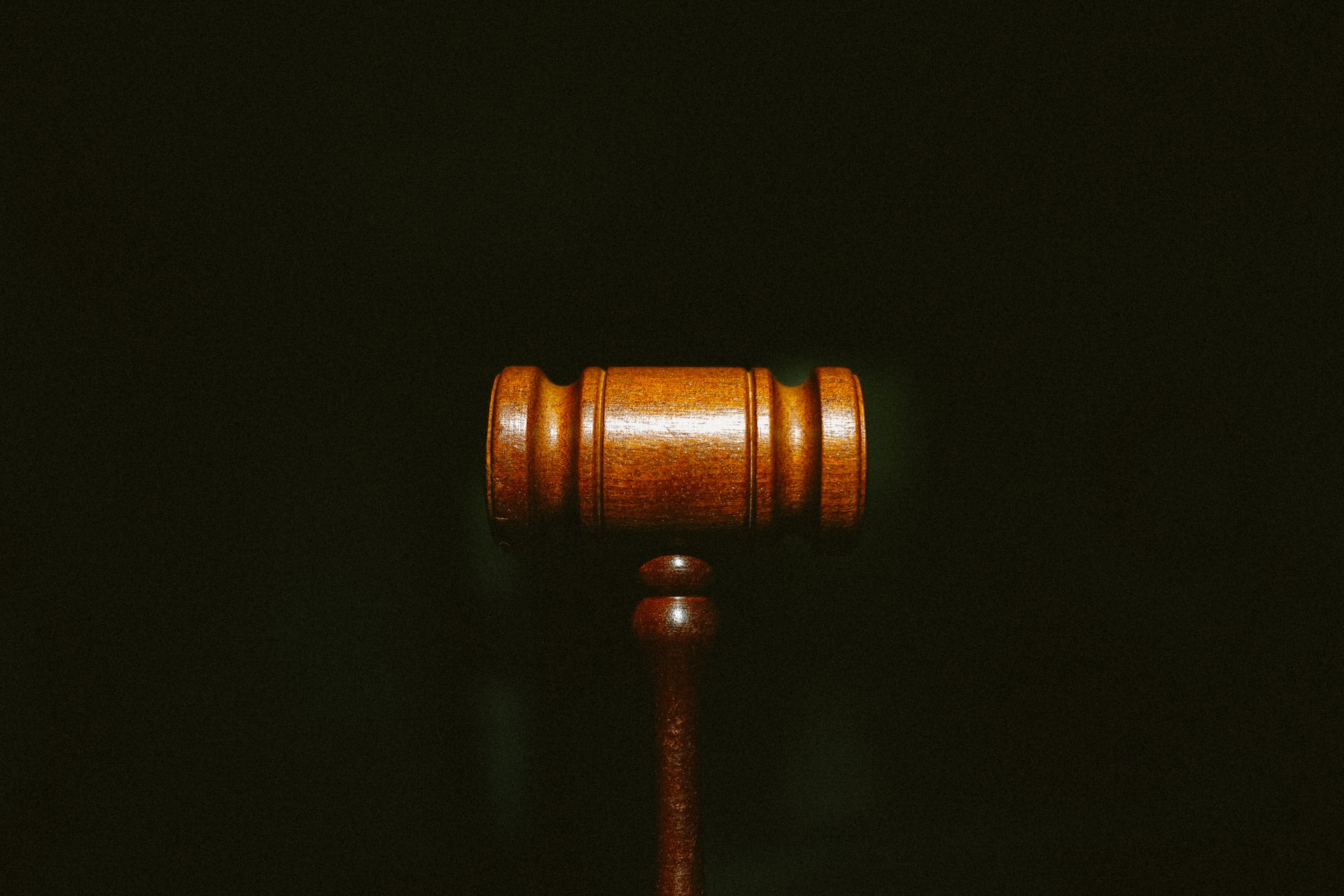Personal injury law is a type of law that deals with cases involving injuries caused by another person or entity. It is a specialized area of law that requires a thorough understanding of the legal system, medical terminology, and other related topics. Understanding the basics of personal injury law is essential for anyone who has suffered an injury due to another person’s negligence or recklessness.
In this article, we will discuss what personal injury law is. Including the types of cases that fall under this category, and the statute of limitations in personal injury cases.
Contents
- 1 What is personal injury law?
- 2 Types of personal injury cases
- 3 Elements of a personal injury claim
- 4 The process of filing a personal injury claim
- 5 Calculating damages in a personal injury case
- 6 Common defenses in personal injury cases
- 7 Negotiating a settlement in a personal injury case
- 8 Statute of limitations in personal injury cases
- 9 Conclusion
What is personal injury law?
Personal injury law is a type of civil law that deals with cases involving physical or psychological injuries caused by another person or entity. It is a specialized area of law that requires a thorough understanding of the legal system, medical terminology, and other related topics. Personal injury law is designed to protect people who have been injured as a result of another person’s negligence or recklessness. It is also designed to ensure that people who suffer injuries are fairly and justly compensated for their losses.
Personal injury law includes many different types of case. Such as medical malpractice, product liability, slip and fall accidents, car accidents, premises liability, and wrongful death. In each of these cases, the injured party must prove that the other person or entity was negligent or reckless in order to recover damages.
Types of personal injury cases
Personal injury law covers a wide range of cases, including but not limited to medical malpractice, product liability, slip and fall accidents, brain injury, car accidents, premises liability, and wrongful death. In all of these cases, the injured party must prove that the other person or entity was negligent or reckless in order to recover damages. So for a brain injury case, you should hire a brain injury attorney to handle it.
Medical malpractice is a type of personal injury case where the injury was caused by a healthcare professional’s negligence or lack of skill. Product liability cases involve injuries caused by a defective or dangerous product. Slip and fall accidents occur when someone slips or trips on a hazardous surface.
Car accidents involve injuries caused by another driver’s negligence or recklessness. Premises liability cases involve injuries caused by a property owner’s negligence or lack of care. And wrongful death cases involve a person’s death caused by another person’s negligence or recklessness.
Elements of a personal injury claim
In order to recover damages in a personal injury case, the injured party must prove that the other person or entity was negligent or reckless. This means that the injured party must prove that the other person or entity had a duty of care. That this duty of care was breached, and that the breach of duty caused the injury.
The injured party must also prove that the injury resulted in damages. Damages can include medical expenses, lost wages, pain and suffering, and other costs associated with the injury. In some cases, the injured party may also be able to recover punitive damages. Which are designed to punish the negligent party and deter similar conduct in the future.
The process of filing a personal injury claim
The process of filing a personal injury claim is complex and requires the help of an experienced attorney. The first step is to consult with a personal injury attorney. The attorney will review the facts of the case and determine whether there is a valid claim. If so, they will help the injured party file the claim and represent them in court.
The next step is to gather evidence to support the claim. This could include medical records, eyewitness accounts, photographs, videos, and other relevant documents. The attorney will also need to interview any witnesses and experts to build a strong case.
Once the evidence has been gathered, the attorney will file the claim with the court. The claim will include a demand for damages, which will be based on the evidence presented. The defendant will then have an opportunity to respond to the claim.
Calculating damages in a personal injury case
The number of damages awarded in a personal injury case will vary depending on the facts of the case and the extent of the injury. Damages can include medical expenses, lost wages, pain and suffering, and other costs associated with the injury. In some cases, the injured party may also be able to recover punitive damages, which are designed to punish the negligent party and deter similar conduct in the future.
When calculating damages, the court will consider the severity of the injury, the extent of the injury, and the impact of the injury on the victim’s life. It is important to note that the court will not award damages for any losses that are not directly related to the injury.
Common defenses in personal injury cases
The defendant in a personal injury case may raise a variety of defenses to try to avoid liability. Some of the most common defenses include: assumption of risk, contributory negligence, comparative negligence, and statute of limitations.
Assumption of risk is a defense that argues that the injured party assumed the risks associated with the activity in question. Contributory negligence is a defense that argues that the injured party was also negligent. And, therefore, partially responsible for the accident.
Comparative negligence is a defense that argues that both parties were negligent and, therefore, both are responsible for the accident. And the statute of limitations is a defense that argues that the claim was filed after the time period specified by the law.
Negotiating a settlement in a personal injury case
Once the defendant has responded to the claim, the parties may attempt to negotiate a settlement. The settlement amount will depend on the facts of the case and the strength of the evidence presented. The settlement should also take into account the potential for legal fees and other costs associated with the case.
During the negotiation process, the parties will exchange settlement offers until they reach an agreement. If the parties are unable to reach an agreement, the case may go to trial, and a judge or jury will decide the outcome.
Statute of limitations in personal injury cases
It is important to note that personal injury cases are subject to a statute of limitations. This means that the injured party must file a claim within a certain amount of time. The statute of limitations varies by state. So it is important to consult with an attorney to determine the applicable statute of limitations.
Conclusion
Understanding the basics of personal injury law is essential for anyone who has suffered an injury due to another person’s negligence or recklessness. Personal injury law covers a wide range of cases Including but not limited to medical malpractice, product liability, slip and fall accidents, car accidents, premises liability, and wrongful death.
In all of these cases, the injured party must prove that the other person or entity was negligent or reckless in order to recover damages. The process of filing a personal injury claim is complex and requires the help of an experienced attorney. The number of damages awarded in a personal injury case will vary depending on the facts of the case and the extent of the injury.
Additionally, personal injury cases are subject to a statute of limitations. So it is important to consult with an attorney to determine the applicable statute of limitations. If you or someone you know has suffered an injury due to another person’s negligence or recklessness, it is important to seek the advice of an experienced personal injury attorney.



